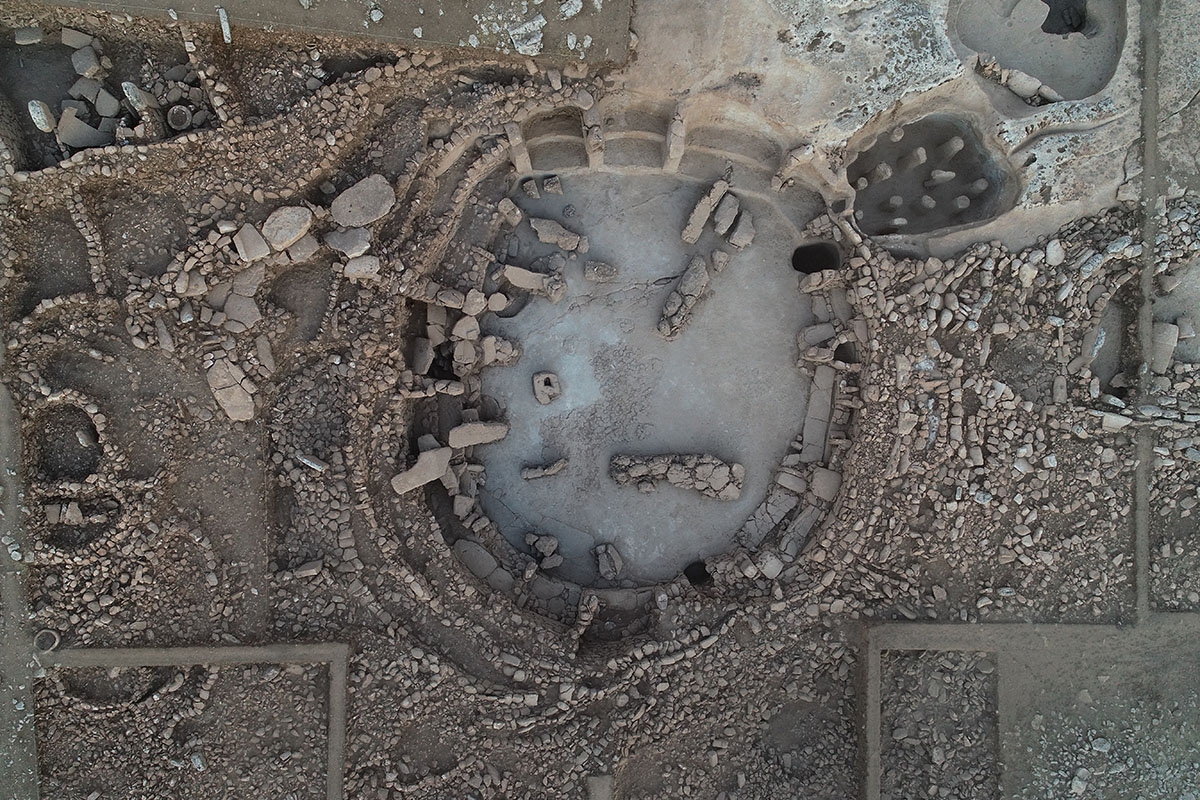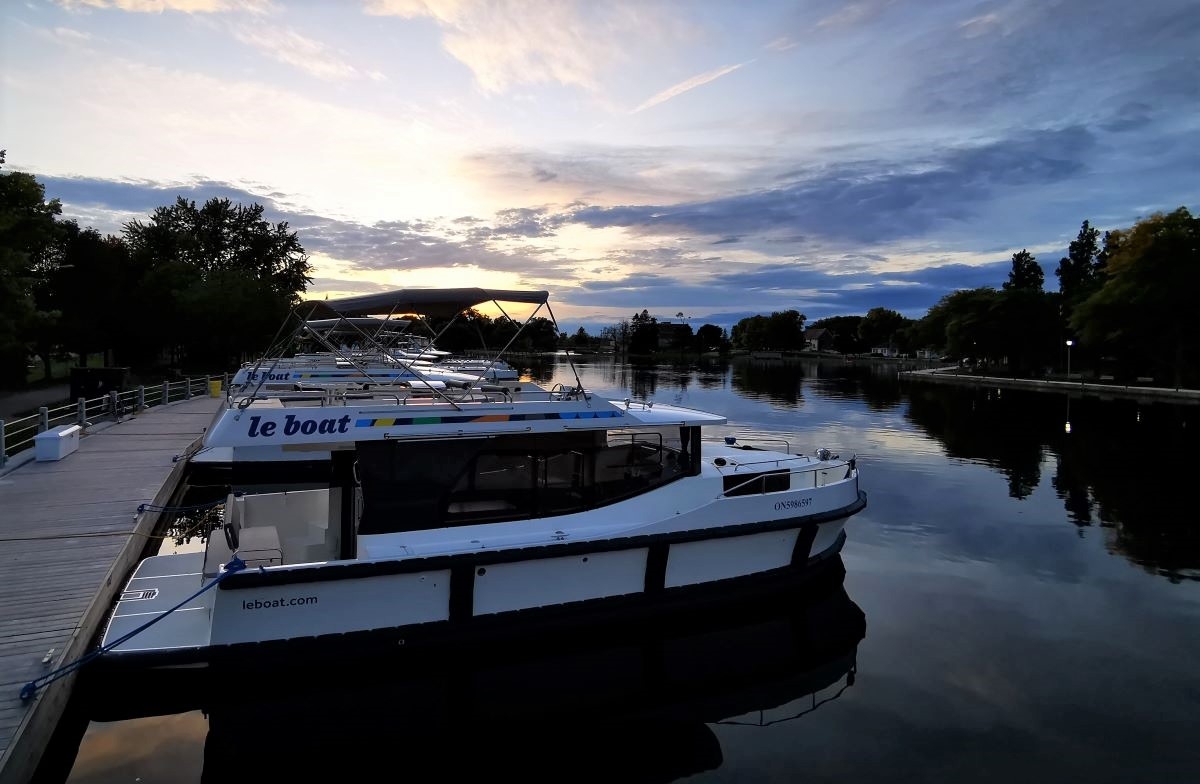
Türkiye’s TAŞ TEPELER project reveals the dawn of civilization
ABOVE: The Karahantepe archaeological site in Şanlıurfa Province, Türkiye, where archaeologists have uncovered a T-shaped stele.
News from Türkiye sent a ripple through the archeological world in September as the Republic of Türkiye’s Ministry of Culture and Tourism and the Türkiye Tourism Promotion and Development Agency (TGA) unveiled Taş Tepeler: a three year archaeological project, comprised of international scientists and scholars, that aims to unearth the mysteries of what has come to be known as humanity’s “zero point in time”.
Taş Tepeler, which translates to Stone Hills, is a 200-kilometre stretch of south east Türkiye that is set to become the world’s most important archeological site in recent history. It is the first recorded example of civilization, where human history transformed from a hunter-gatherer way of living to agriculture and permanent settlement. It is considered to be where the transformation of shelters into houses 12,000 years ago began, and where stratified society formed with the ability to carry out basic trade. The monumental megalithic structures in the area are believed to be communal spaces where people gathered.
Announced at a hybrid symposium called, “Reflections of the Neolithic in the World” in Şanlıurfa in September 2021, Taş Tepeler’s twelve main sites will be meticulously examined by a team of experts from universities, museums and research institutions from both Türkiye and from partner countries.
The Taş Tepeler project involves archaeological excavations and research carried out in seven areas: Göbeklitepe, Karahantepe, Gürcütepe, Sayburç, Çakmaktepe, Sefertepe and the Yeni Mahalle mound. The excavation site in Karahantepe was also visited.
Türkiye’s Minister of Culture and Tourism, Mehmet Nuri Ersoy, noted that the sites and their excavations reveal the important contribution of Anatolia to human history and said that, “In the coming days, excavations will begin in the mounds of Ayanlar, Yoğunburç, Harbetsuvan, Kurttepesi and Taşlıtepe settlements, as part of the first phase of the Şanlıurfa Neolithic Research Project which will take place between 2021-2024. Geomagnetic measurements and ground penetrating radar measurements have already been carried out in some of these areas. These measurements will continue in parallel with the excavations. This is a significant project with its outstanding content and impressive results.”
The Şanlıurfa region is home to the first examples of organised labour and specialisation in the history of civilization.
Ersoy added that stakeholders in the project include eight universities in five different countries, and four international academies, institutes and museums in the Şanlıurfa Neolithic Age Research Project, establishing a wide international outreach with Japan, Russia, Germany, United Kingdom and France.
Between now and 2024, excavations will be carried out in a total of 12 locations, including Karahantepe, a site with more than 250 T-shaped megalith blocks similar to those found in the UNESCO World Heritage Site, Göbeklitepe. It is believed that the finds from these excavations will make considerable and far-reaching contributions to our knowledge of humanity in prehistoric times, including their daily lives and rituals. It is estimated that there are several sites in Şanlıurfa similar to Göbeklitepe, which reflect the early phases of the Neolithic Age.
The recent finds from the Karahantepe excavations are exhibited at the Şanlıurfa Archaeological Museum in the “Karahantepe and Neolithic Human Exhibition”, which opened on September 23, 2021.
The International World Neolithic Congress planned for 2023 will include numerous scientific sessions and will showcase the unique cultural treasures of the Şanlıurfa Province from the Neolithic Age.










